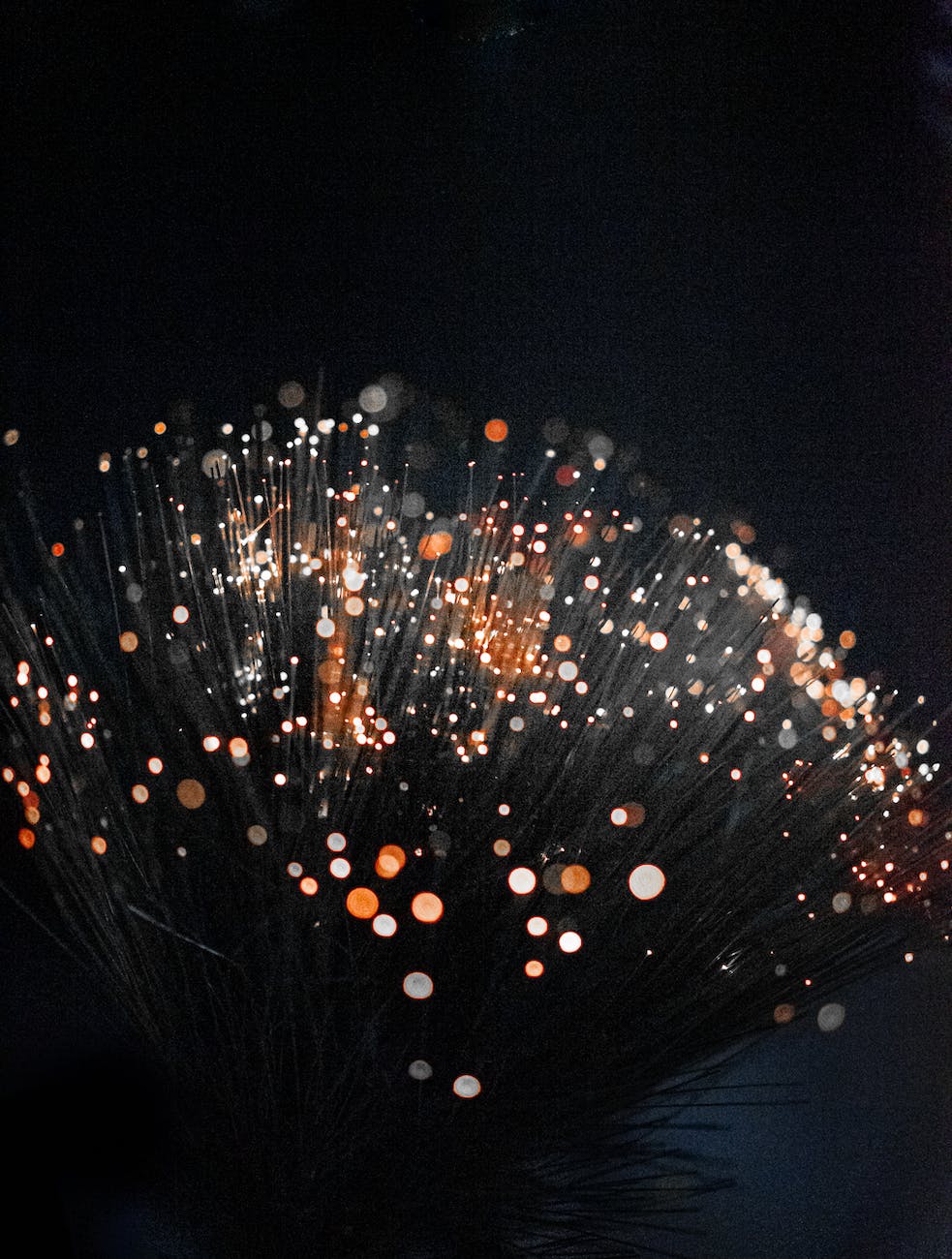In today’s technology glass is a very important element. Glass is an amorphous noncrystalline material. Glass is typically brittle and optically transparent. These characteristics give the glass unique properties for use in optical electronics. Optical transparency is found in fiber optics. Within fiber optics, there are two different types of glass. The outer part of the fiber optic is a slightly different grade of glass than what is on the inside core of the fiber optic. The core of a fiber optic strand contains a glass of high optical clarity. The difference between the optical properties of both types of glass creates a type of mirror within the fiber optic core. The core of this fiber acts like a mirror and is excellent for shooting laser beams through it, to transmit data, with no data loss over long distances.
Glass can be also used as an insulator. Glass insulators are usually found in very high-powered capacitors. In the days of the vacuum tube, glass was used because it would not conduct electricity and could be molded into desired shapes. The vacuum tube kept air from circulating inside the electronics. If air touched the electronics it would cause them to oxidize and burn out, leaving the vacuum tube useless. Glass functions well for use in different appliance screens. The glass screen may range from computer screens, TV screens, mobile devices, and beyond.
Glass properties change when mixed with different materials. Typically brittle, if the glass is cooled quickly it will be prone to crack and shatter. Cooling slowly keeps the glass stable. When iron oxide is mixed with glass the result is a tinted bluish-green color which is often used in drinking containers. If the molten glass is mixed with carbon and iron salts it produces a glass with a yellowish-black color to it. Manganese dioxide will give the glass a dark purple color. Cobalt will give the glass a bluish color or if copper is mixed with glass it will produce a turquoise color. Chrome changes the glass to dark green, gold creates a very dark red cranberry color, and silver creates a yellowish orange-red. With all these color combinations it is possible to create unique artworks along with different optical properties for different applications.
